How to Win HYROX!
HYROX is coined “The World Series of Fitness,” but fitness is such a broad term. At the end of the day, this exhibition of human performance is a strength and endurance race overflowing with adrenaline and unmatched production value. Seriously, the race director and production team know how to put on a show, but the competitive grit shown by the sport’s top contenders is 100% real!

photo from THE HYROX STORY
So, what does it take to win HYROX? We asked HYROX World Champion, Kris Rugloski, to give us a broad overview and station-by-station breakdown of the event.
BIG PICTURE
The HYROX format consists of 8 fitness stations separated by a 1km lap between each station. Any semi-serious athlete can eek their way through most of the stations; but if you want to get through it all, you have to show up prepared to out endure your competition.
Kris: "That's how I got it done at Worlds. My endurance engine carried me."
Transitions are also important. In other words, don't go full throttle at one station only to walk to the next one. Stay moving!

photos by WILL RAYMOND
Kris: "I view the kilometer run between stations as an opportunity to recover. That doesn't mean I'm not running. I'm pacing myself, but I'm still pushing. The goal is to show up with your running so dialed in that you can move uncomfortably fast while still breathing and lowering your heartrate."
STATION 1 | SKI ERG

photos by WILL RAYMOND
Some stations rely entirely on strength and endurance. Station 1: SkiErg also demands technique. No matter how tough you are, top finishers will have logged at least some time on similar ski machines before trying to tackle 1,000 meters on race day.
Kris: "I'm not a power athlete, but I found it just made a huge difference the more time I spent on the skis."
Kris adds that you might not feel like running after this first station, but you must. Let this run set the tone for all of your future transitions. Remember, running requires an entire different muscle group than what you just exhausted on the skis. You don't have to redline, but trust your training, and push yourself to run uncomfortably fast.
STATION 2 | SLED PUSH

photos by WILL RAYMOND
These sleds are not kids' toys. They are programmed to resist every inch that you try to budge them. Station 2: Sled Push favors the power lifters and anyone sporting some mass. However, that just means you mean but lean athletes have to be smart and use everything you've got.
Kris: "One of the biggest things that I find helps is to hook the sled handles in my elbows (instead of extended arms) so that I can get my body closer to the weight and have more leverage for pushing it."
Kris went on to tell us how important good shoe traction is during this event.
Kris: "It's super important. I used to use a minimalist shoes with decent size lugs, and I thought they did well. Now, I wear Altra Rivera race shoes that have fairly flat, rubbery soles. Those work great! The more rubber actually making contact with the ground, the better."
STATION 3 | SLED PULL

photos by WILL RAYMOND
Station 3: Sled Pull is different from the Sled Push in that competitors will not travel with the sled. Instead, you have a limited amount of space at the end of the lane in which you will stand as you use the thick rope to pull the attached sled towards yourself.
STATION 4 | BURPEE BROAD JUMP

STATION 5 | ROWING

STATION 6 | FARMERS CARRY

STATION 7 | SANDBAG LUNGES

photos by WILL RAYMOND
Okay. There are only two zones left, but they are brutal! Your legs have already been pushed to the max, but you are just now entering the heart of the pain cave... Station 7 | Sandbag Lunges.
Kris: "Weighted, walking lunges will eat your legs up. I guess it's the lactic acid. After that one, I feel like my quads are on fire! Even though each step is a lunge, I think it helps to do a mini-reset between steps. For instance, when you're in the lunge position and ready to bring your back foot forward, pause and stand for the slightest second when your feet get side-by-side before extending that foot into the forward lunge."
Don't hear what Kris isn't saying. You absolutely cannot take any steps between lunges - not even if they're tiny. Kris is simply saying don't stride all the way through your lunges. Think "stride-together-stride." It's just a mini-pause or balance check providing enough relief to keep going. You're still going to hurt when it's over, but you will get through this.
Kris: "I count them as I go just to keep my mind occupied, and it's about 100 lunges."
Correction that's 100 WEIGHTED lunges (44 lbs. for women; 66 lbs. for men). Told you this was going to hurt!
STATION 8 | WALL BALLS

FINAL ADVICE
We asked Kris for her most universal suggestion for everyone with dreams of winning HYROX - regardless of where they're starting.
Kris: "I think the best thing anyone can do is try to replicate the actual stations. It's not enough to know you're fast or that you're strong. How many wall balls can you do? How fast can you do them?"
Kris makes an excellent point. HYROX isn't like the CrossFit Games where the organizers pride themselves on keeping athletes in the dark until showtime. Participants know exactly what exercises and how many reps. So, now it's all about getting better and faster.
 photos by WILL RAYMOND
photos by WILL RAYMOND
Kris: "Don't neglect your running, but don't obsess about it either. Instead, get a feel for each station. Most people probably don't have the ability to replicate the entire race, but you can practice what it feels like to run before and after weighted lunges or farmers carry. Again, the standard is well published. So, show up already knowing what each station should feel like."
Want to know more about the new sport of fitness racing? Be sure to check out The HYROX Story (documentary).



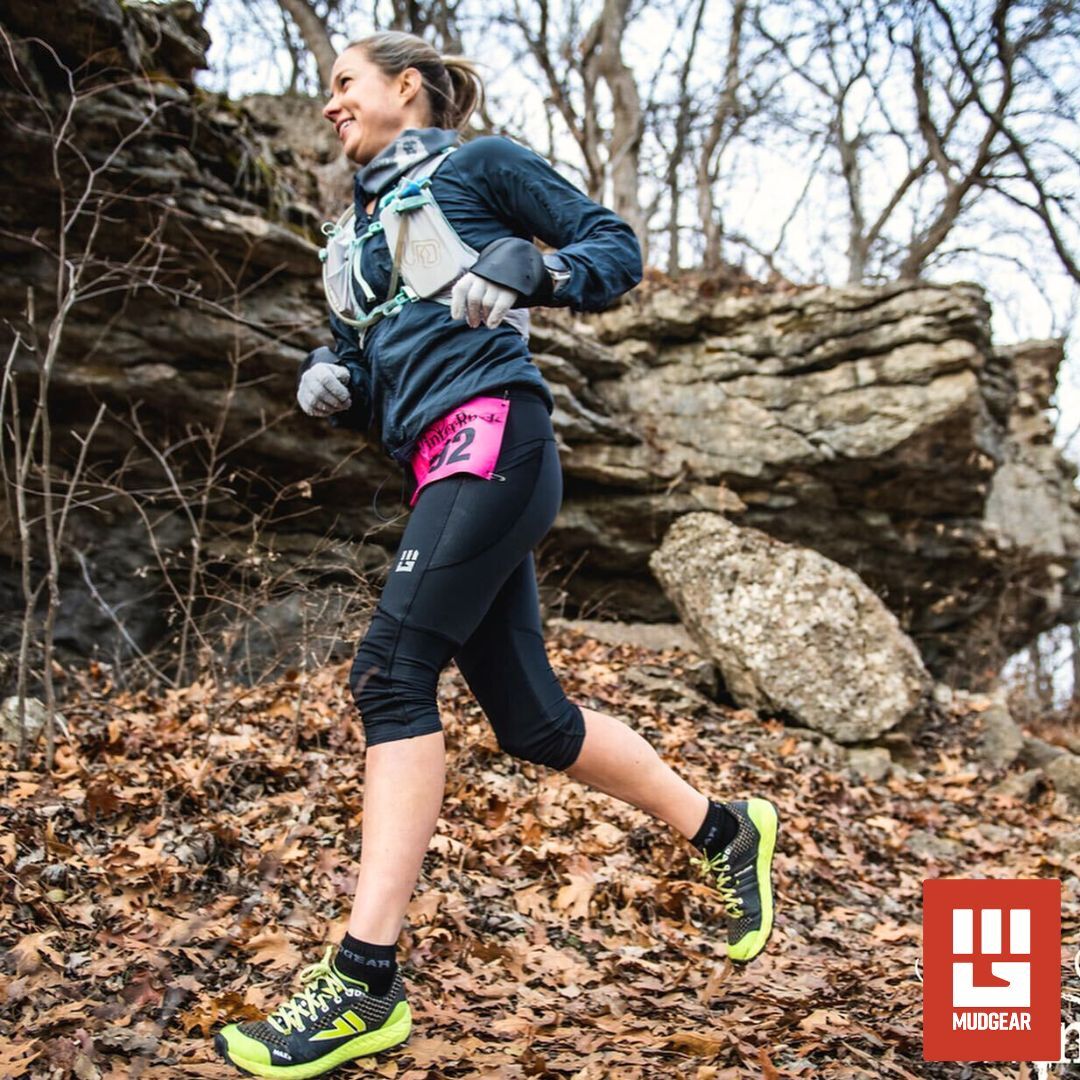
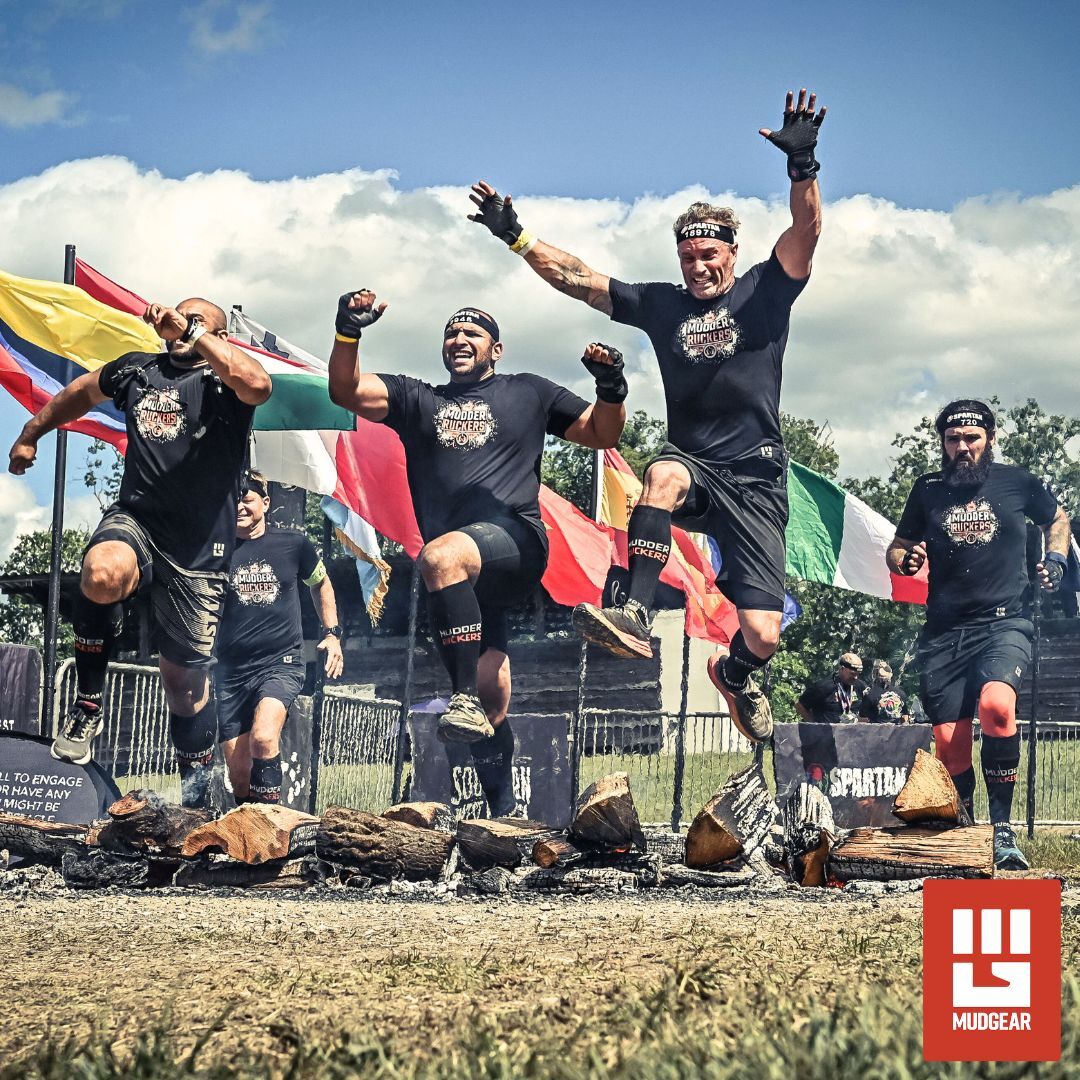
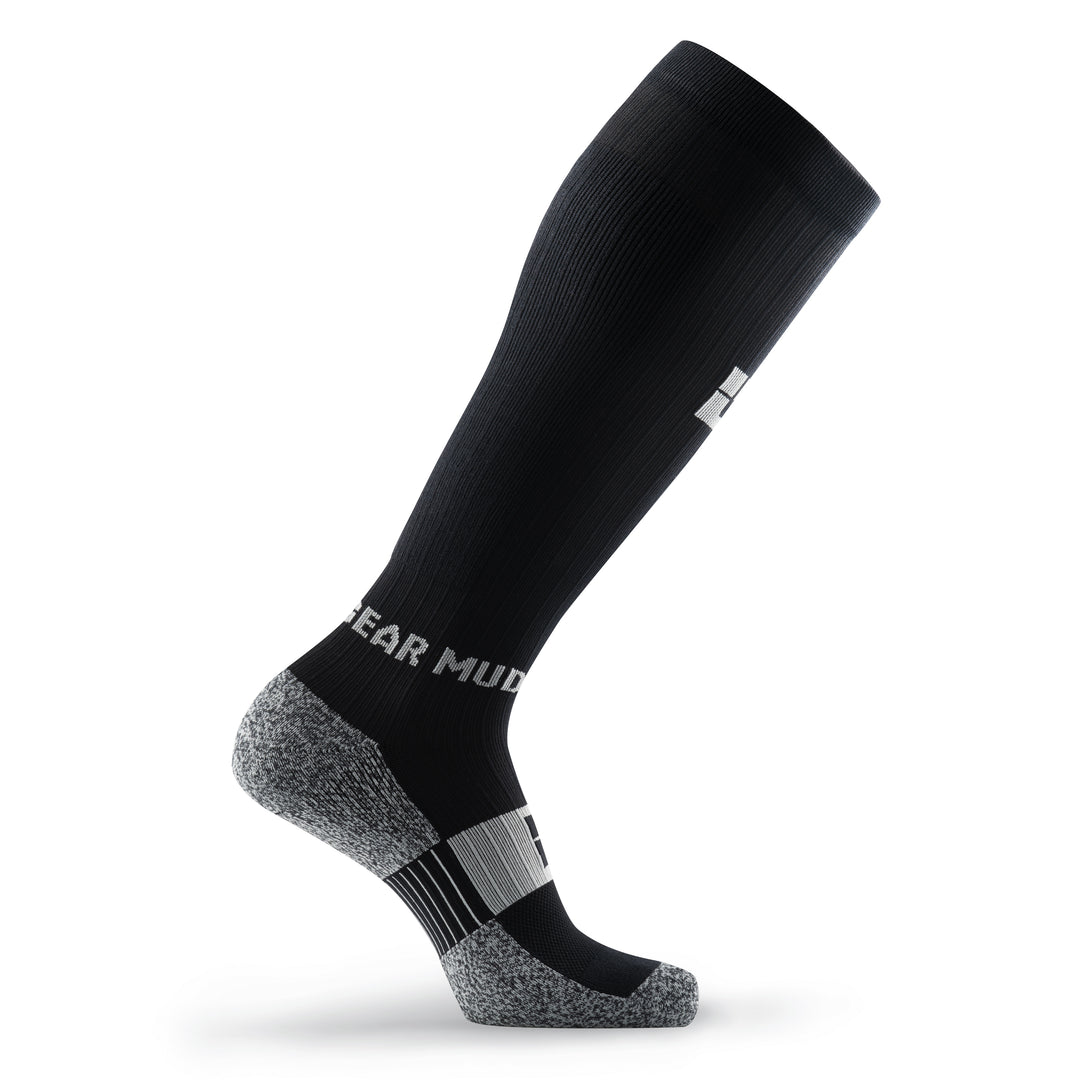
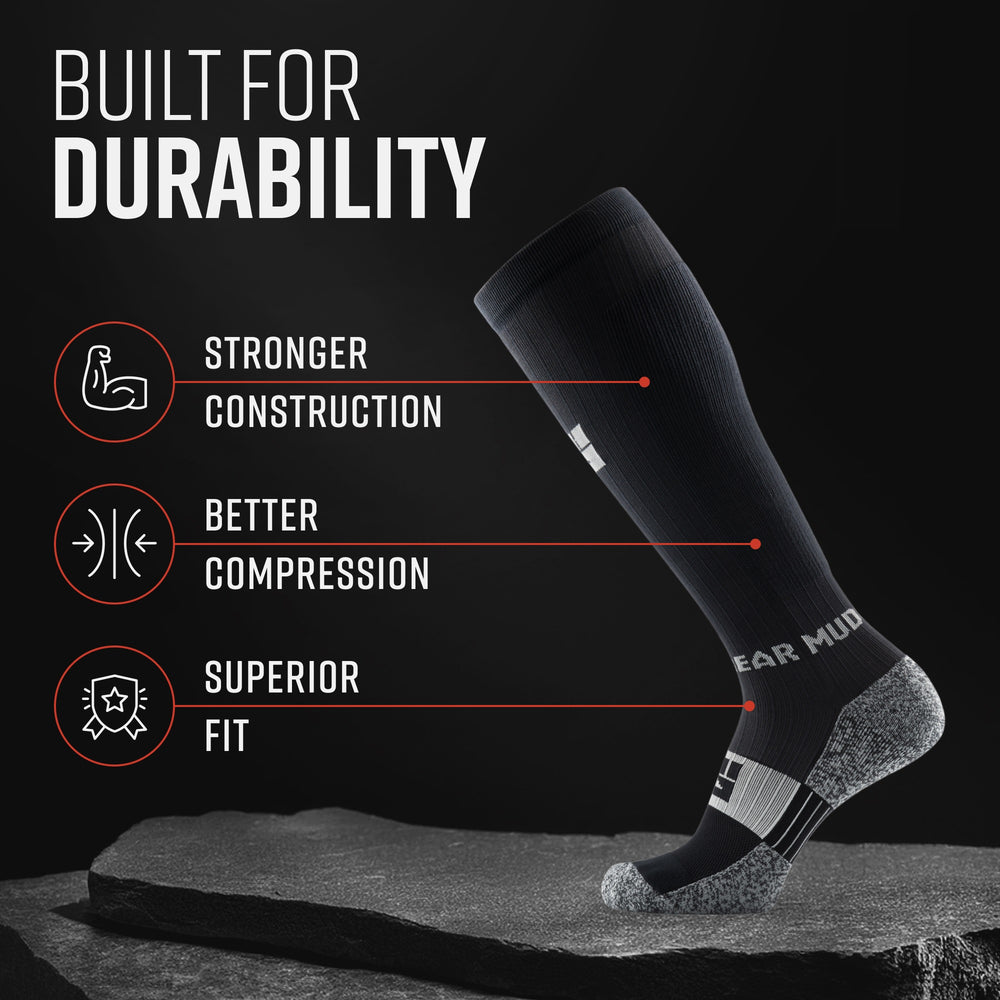
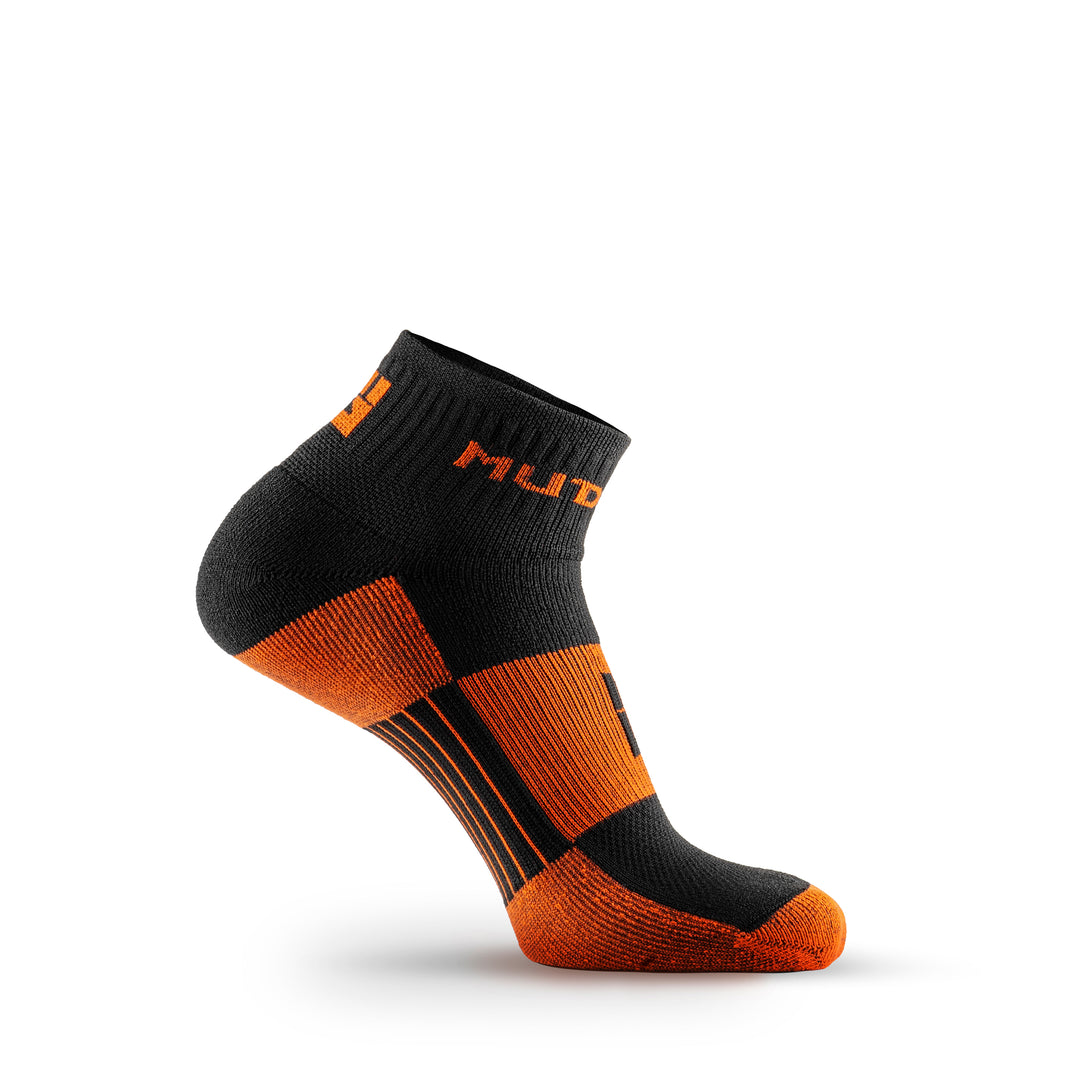
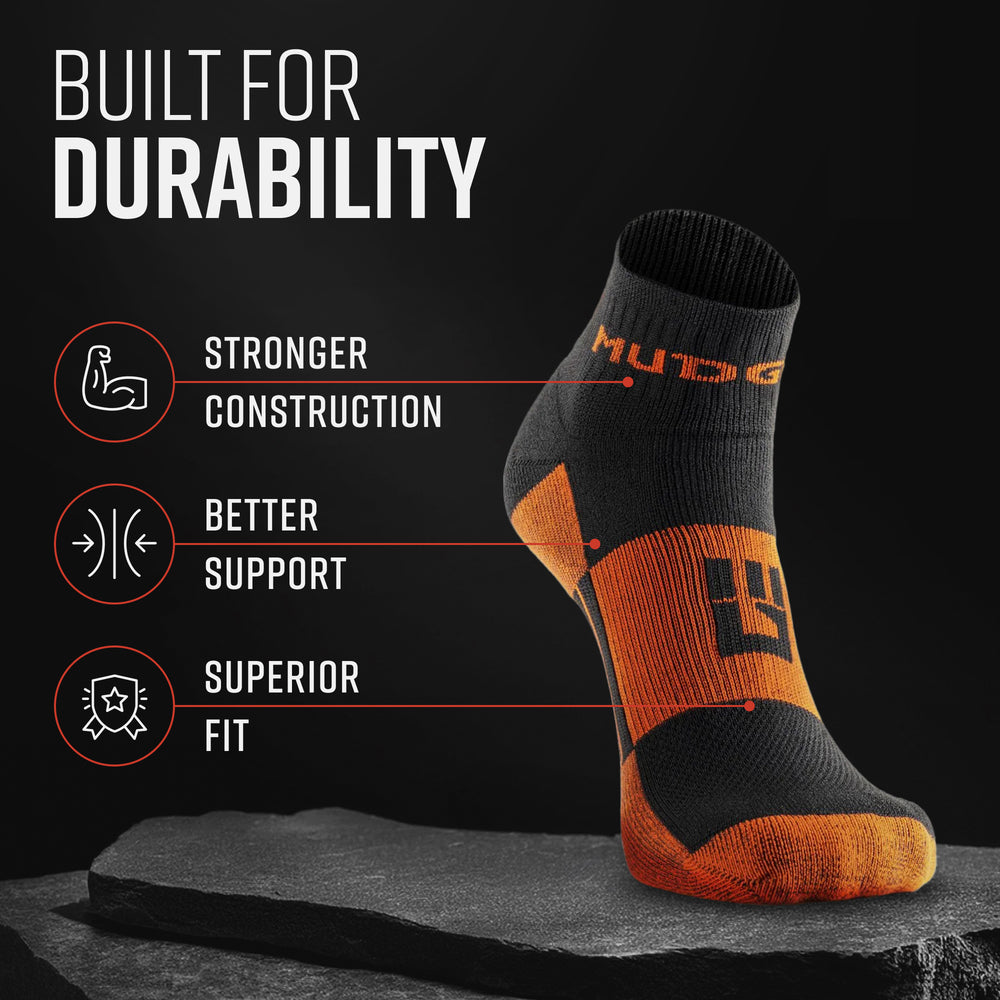
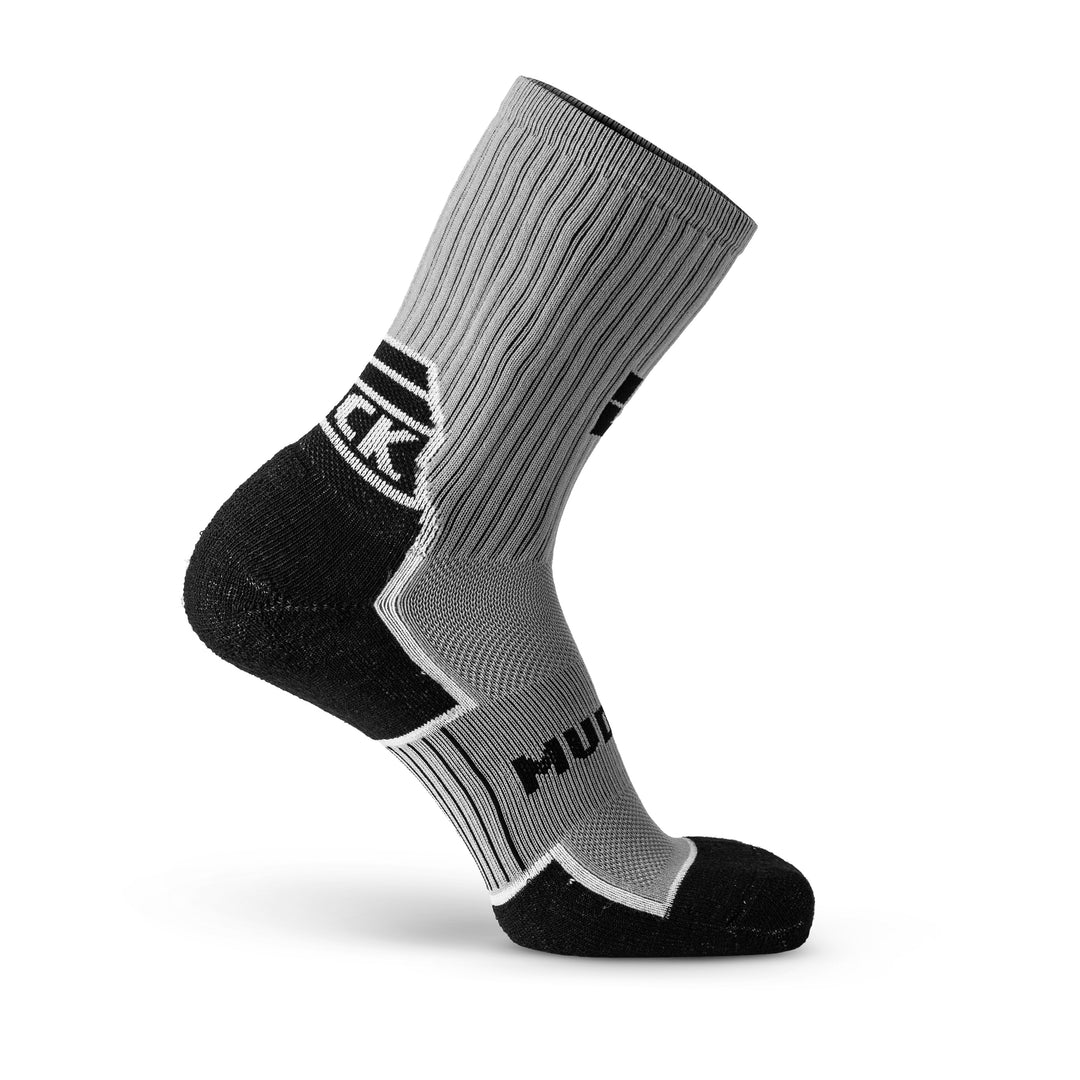
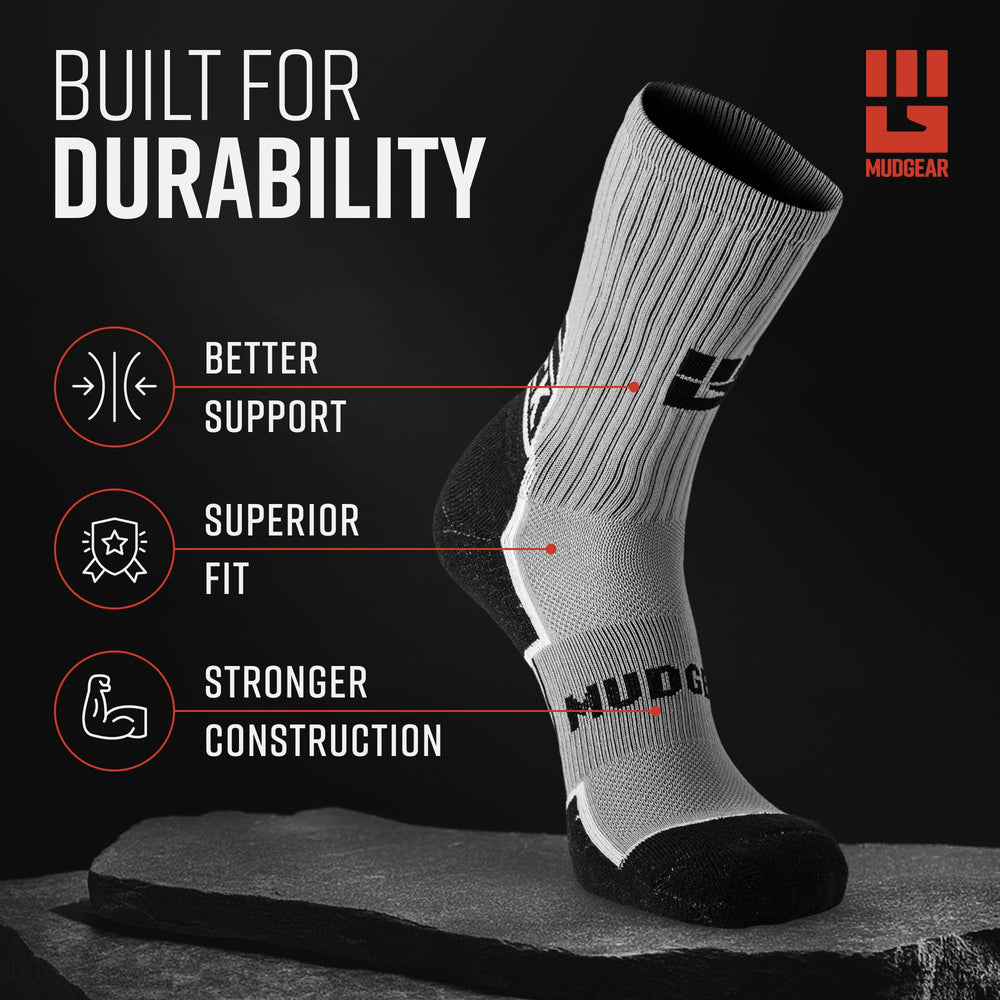
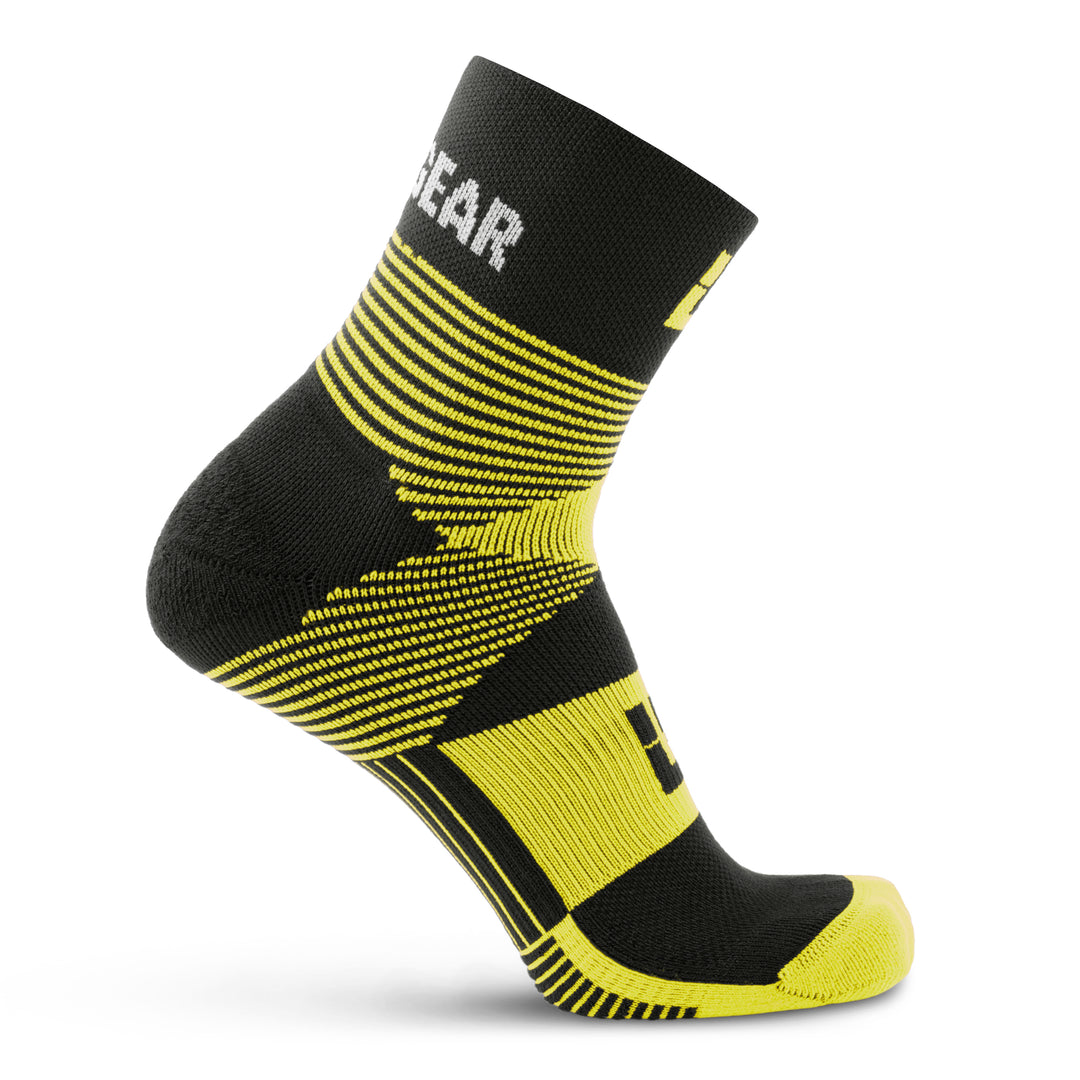
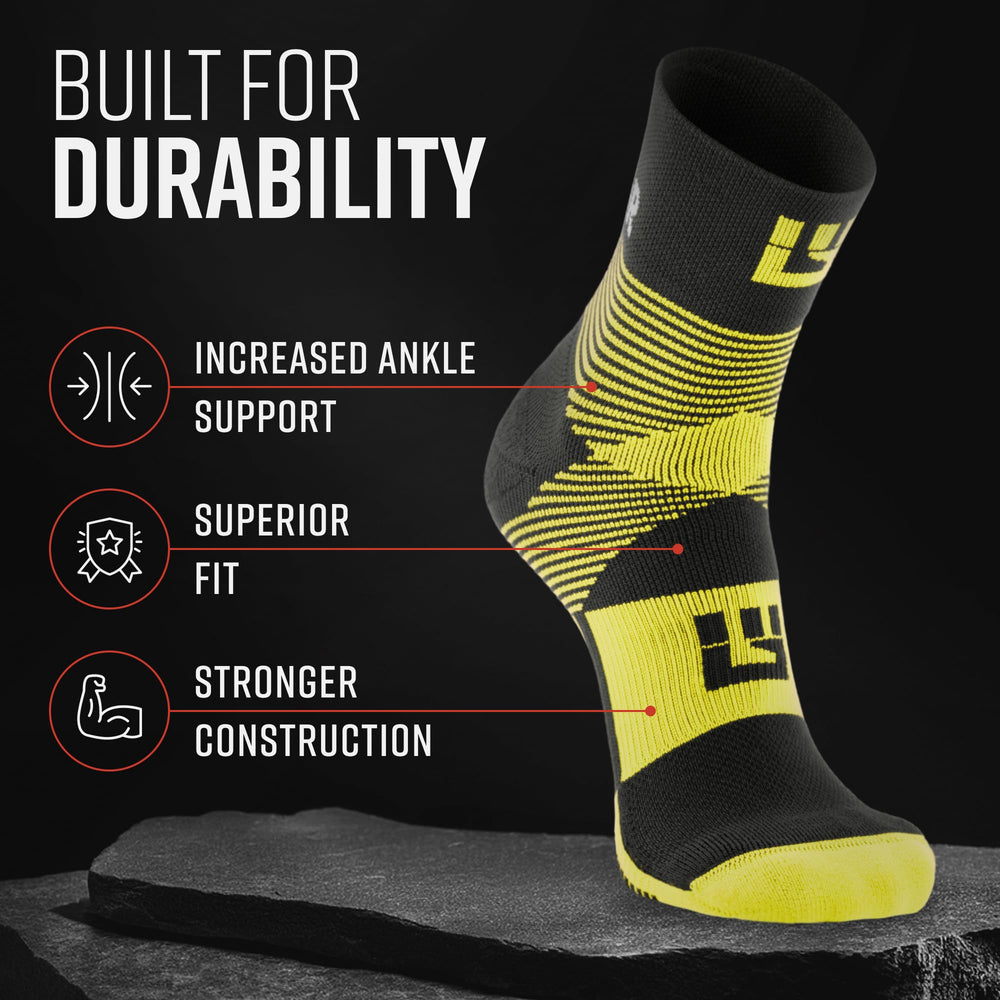

Leave a comment